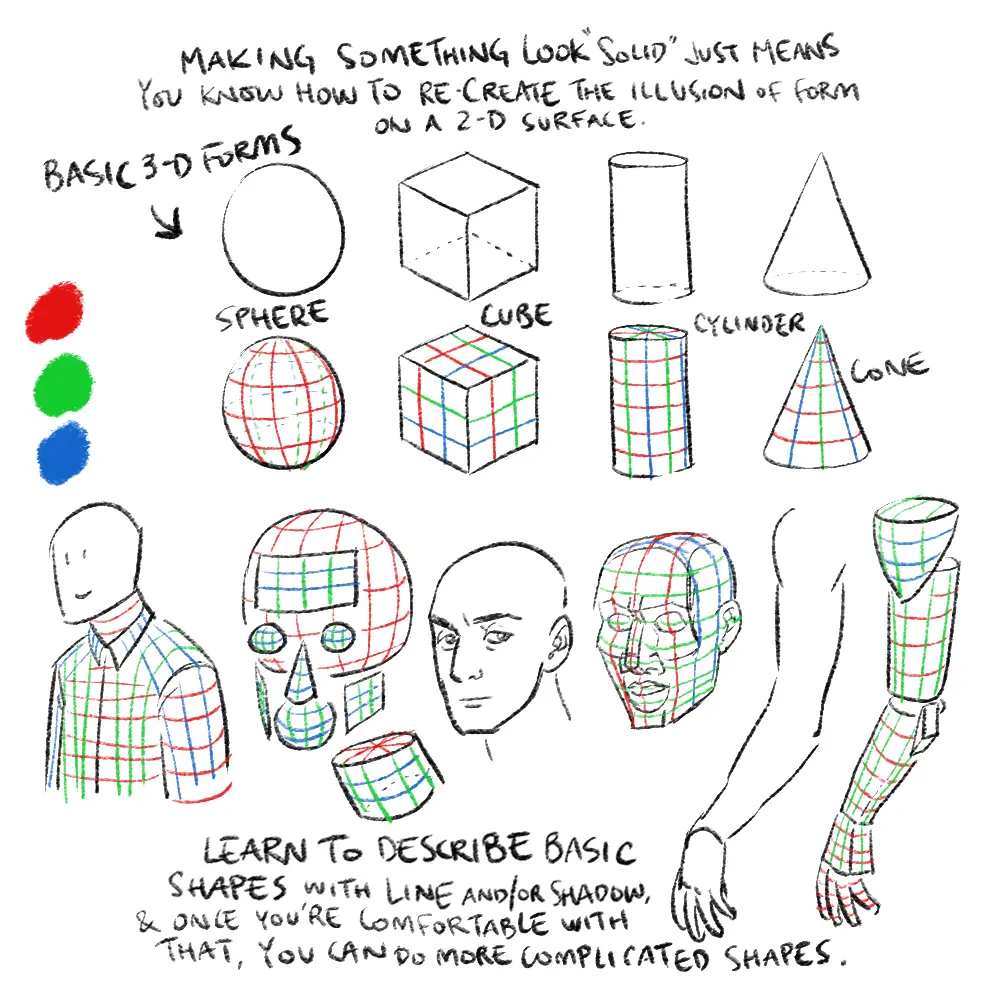Keep drawing and drawing, and always make sure to do the "skeleton" or "mannequin" thing before the drawing itself
Drawing
A place to show your sketches, doodles, drawings, and anything else arty.
PLEASE NOTE: absolutely no AI/generated art.
I've marked the group as open, so please, if you post any nudes, please tick the NSFW box in the post creation page.
Try study doing the negative shapes to get the form right. One way to check or correct your own drawing you can just flip the drawing upside down or just flip it with a mirror. You will notice some drawing error like the eyes on the right side is small and etc. and lastly keep on drawing, I know that it will take a lot of time but one day your drawing from six months ago or a year will give you a big impression that you've developed a lot of your drawing.
The holding it up to a mirror tip is really good. I recently found out I was drawing everything on a slight lean.
Maybe as practice you could have the subject facing more to the side, and move the viewer closer. That way it'll be easier to notice if the features are really placed on a sphere, like if the eyes are different sizes. The hair has lots of potential depth, but perhaps a hat with flaps and a sawtooth pattern along the edge would be easier to apply perspective to and see if it's correct.
Making something feel "solid" just means that you understand how the "this flat drawing looks like it could be 3D" illusion works. Once you understand that, all you're doing is picking and choosing which parts of the illusion are necessary to make something seem 3-D, whether that be lines where one flat surface abruptly turns and transitions into another, differently-angled flat surface, or using shadow to communicate that the transition is smooth and gradual. Line drawings tend to focus more on contours (edges) and plane breaks (where one plane meets up with another plane that faces a different direction).
Learn to describe basic 3D shapes, and once you get good at that, you can do more complicated stuff, like a sphere intersecting with a cube, or half a cone resting on a flat surface, for example. When you're starting a drawing, try just drawing the basic forms that make up whatever you're drawing. Don't focus on the details, just the BIG shapes. Then, if you want, you can do a clean line drawing over that.
Try re-drawing your picture using only the basic shapes/forms. Then, do a clean line drawing over the basic shapes/forms, and then compare it to the image you've posted. I'm sure it'll be fun to see the differences between the two. :)

For me it helped to draw sharp angles, using lots of triangles to describe the lower eyelid, nose and cheek.
Also looking at a reference photo with strong core shadows and drawing the black areas first/ generally drawing with pure black, pure white, no gradient.
